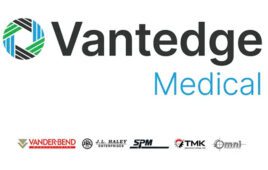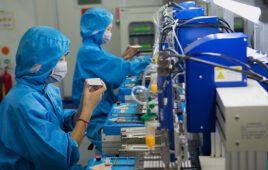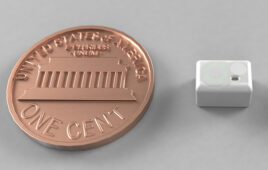Adrian LaTrace, CEO, Boyd Industries
According to a recent report from RnR Market Research, the global market for
dental equipment will grow at a cumulative aggregate growth of 4.9% over the next five years, reaching $7.52 billion per year by 2021. The report attributes this booming growth to a rapidly increasing population of older adults, a continued prevalence of dental diseases, technological advancements, and the growing demand for cosmetic dentistry.1
While all these factors are important, the real driving force behind the growth of this market is the rate of technological development in dental equipment. A landmark study undertaken by the American Dental Trade Association at the beginning of this century noted that more than half of the economic value of dental care at that time came from procedures and treatments that had not been available 20 years earlier.2 Based on what I see in my business and what I hear from customers—my company designs and manufactures operatory equipment and cabinetry for orthodontists, oral surgeons, and pediatric dentists—I think it’s safe to say that by 2021, at least half the economic value of dental care will come from procedures and treatments that were not available in 2002, when the ADTA study was published.
The cost of progress
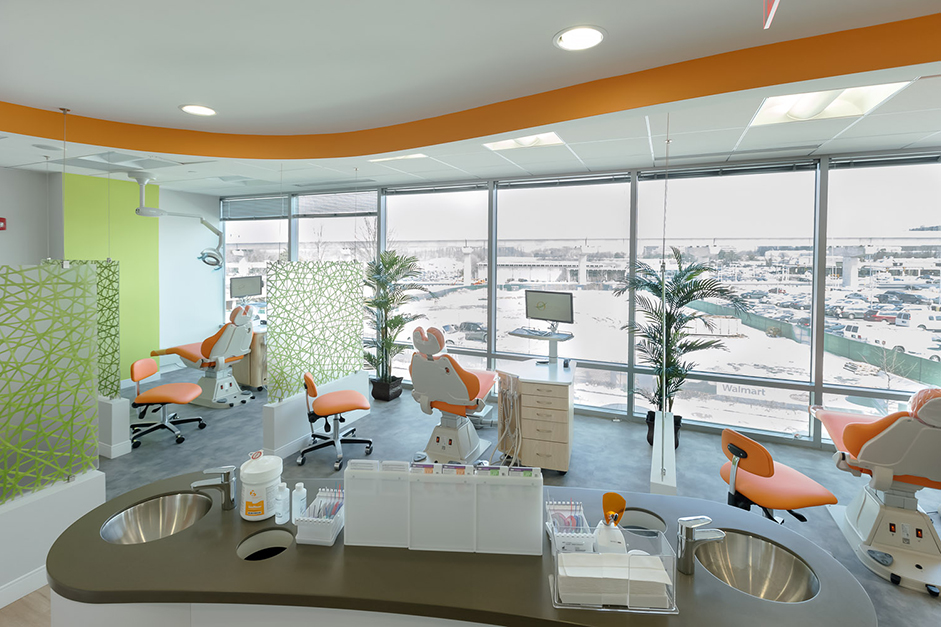
According to a report from RnR Market Research, the global market for dental equipment will grow at a cumulative aggregate growth of 4.9% over the next five years, reaching $7.52 billion per year by 2021.
These new capabilities make this one of the most exciting times in history for the practice of dentistry. They also make it possibly the most expensive. Not long ago, dentists were in the habit of replacing and upgrading their equipment every ten years or so. Today, to improve overall patient retention rates—and to gain an edge over their competitors—dentists are increasingly likely to purchase new technologies as soon as they are proven and available.
Technology is a two-edged sword. If you have a capability that shows you’re up to the minute in advanced patient care, it’s a positive differentiator. If it’s something the other guy can offer and you can’t, it’s a negative differentiator.
Moving away from the sole practitioner
Making the most effective use of tools like this—and generating the cash flow necessary to support them—is changing the structure of the field itself. As recently as 2002, according to the ADTA study, the standard practice model was the self-contained sole practitioner with three-plus operatories and a lean clinical support staff. Today, the need for increased operational and economic efficiency is leading to larger multi-dentist and multi-site practices.
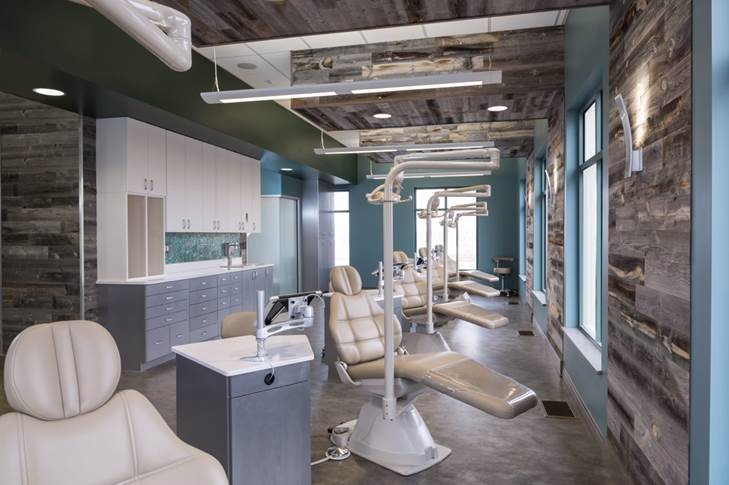
The need for increased operational and economic efficiency is leading to larger multi-dentist and multi-site practices.
Advances in practice management systems support this trend. An environment with multiple practitioners and a larger support staff requires a digital infrastructure that allows the instantaneous sharing of information among team members. Imagery and files can be instantly transferred to laboratories for quick turnaround in developing products such as implants and crowns which further support cost effectiveness and streamlined patient care.
Equipment and cabinetry also play a role in this adaptation. Increasingly, practice owners are asking for equipment, chairs, cabinetry, and other systems (often custom-manufactured) to provide visual harmony and enhanced usability. Owners are also aware of the complex regulatory standards required of this equipment—EPA standards for water lines, OSHA standards for bloodborne pathogens, compressed gases, hand protection, and radiation-emitting devices, compliance with the American with Disabilities Act – and will be looking to suppliers for guidance in these matters.
Grounds for optimism
The RnR report cautions that the high cost of equipment, especially advanced equipment, may hinder the growth of the dental equipment market. I disagree. While there may be some surprises over the next decade or so, the main trends seem clear: rapid technological development will continue to shape the way dentistry is practiced, and it seems likely that larger-scale solutions, both in terms of new dental tools and practice management systems, will be designed and offered as larger, multi-dentist practices become the norm.
Given all this, it seems quite possible that the dental equipment market will grow at the projected 4.9% CAGR despite the cost and complexity of new technology. While there will continue to be sole practitioners, as there are in law and medicine, the standard model—and the core market for new dental technology—will be larger, more efficiently run practices that can absorb innovations as they become available.
For further reading:
- “Medical Health & Life Science Research News.” Research Delivers Insight into the Dental Equipment Market Forecast to 2021: Driven by Demand for Cosmetic Dentistry and Dental Diseases. N.p., n.d. Web. 11 Aug. 2016. <https://www.whatech.com/market-research/medical/184688-research-delivers-insight-into-the-dental-equipment-market-forecast-to-2021-driven-by-demand-for-cosmetic-dentistry-and-dental-diseases>.
2. Lavers J. “Market Trends in Dentistry”; Dental Economics; October 1, 2002. http://www.dentaleconomics.com/articles/print/volume-92/issue- 10/features/market-trends-in- dentistry.html


